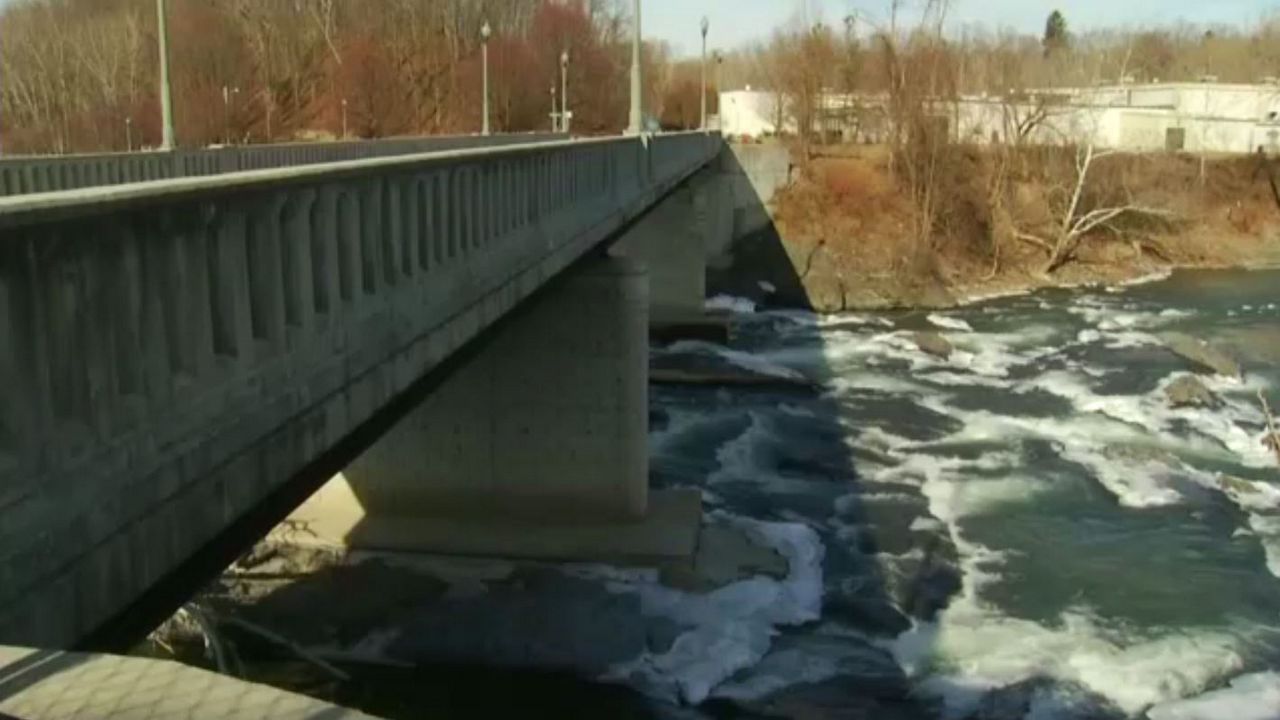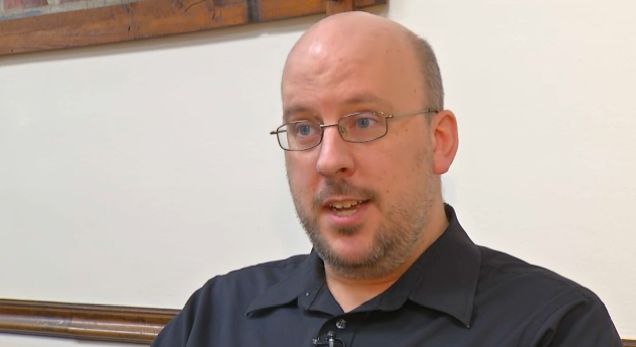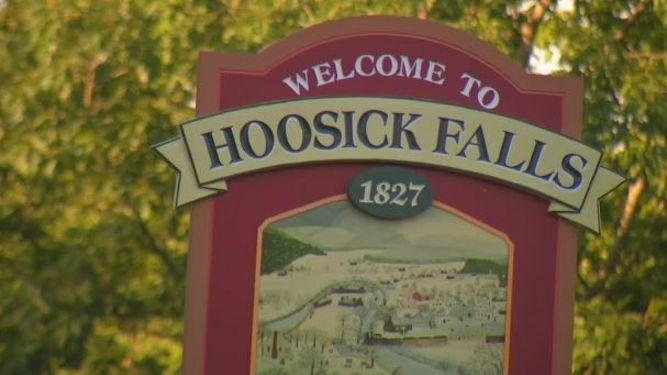People living in Hoosick Falls voiced their opinions on the recently completed municipal water supply study Wednesday night.
Five options were released last week by the state Department of Environmental Conservation. The report was put together by Honeywell and Saint Gobain, the companies responsible for contaminating the village’s current water supply.
“We’re trying to make sure that we’re doing it right and we’re trying to make sure that we meet the order,” said John Morris, the global remediation director for Honeywell. “We’re also trying to do it quickly.”
The study found different options for a clean and reliable drinking water source. This comes following a high amount of PFOAs were found in the village's water supply.
“Our goal here is to put out what the companies found and begin collecting feedback from the community,” said NYS DEC Chief of Staff Sean Mahar. “We want to hear what they have to say and take that into consideration as we continue to move in this superfund process.”
The options are:
- A new groundwater source through two wells in an area of the Hoosic River Valley. The LaCroix and Wysocki wells would be used; the DEC says tests confirmed a sufficient amount of water could be generated from both wells combined to meet both existing and anticipated future needs. It would take two to three years to construct at an estimated cost of $6.9 million.
- A new surface water source through the Tomhannock Reservoir. It would require a new transmission line from the reservoir to Hoosick Falls' water treatment plant. It would take four to five years to construct at an estimated cost of $34.4 million.
- A new connection to Troy's municipal source. It would take five to six years to construct at an estimated cost of $48.5 million.
- No further action. Continued use of existing wells with upgrades. The estimated cost would be $6.3 million.
- No further action. Continued use of existing wells with upgrades and capture of PFAS affecting the existing village wellfield. The estimated cost would be $10.1 million.
After briefly reading through the study, village resident Cathy Dawson was surprised to see a new groundwater source is still being considered. The Lacroix and Wysocki wells are located about a mile south of the village.
“They’re awfully close to the aquifer and we don’t know which way the plume is going to migrate,” Dawson said. “We just have no idea.”
She wants to see the village connect directly to the Tomhannock Reservoir or tap into the Troy water system.
However, these options won’t help private wells outside the village that were also contaminated. The DEC says there is still more investigation that needs to be done before action can be taken there.
“They will be addressed in a final remedy for the facilities in such that we can determine what is the best method to get them to have drinking water that is protected,” said Susan Edwards, of the NYS DEC Division of Environmental Remediation.
The DEC says it’ll evaluate all comments, before selecting the new water source. Comments are being accepted through November 18th.










